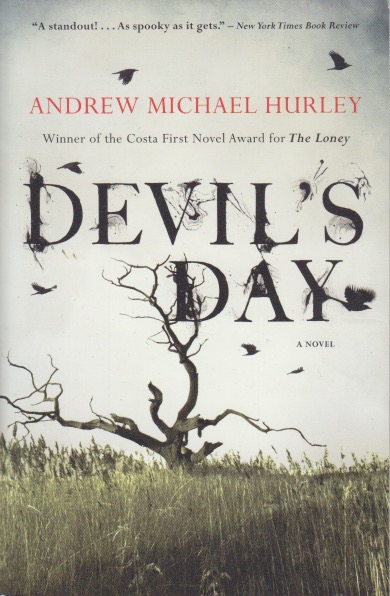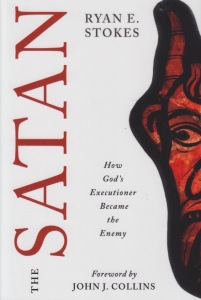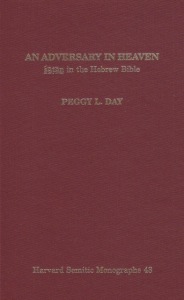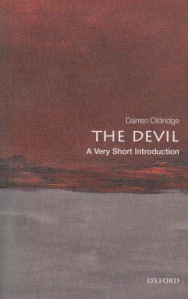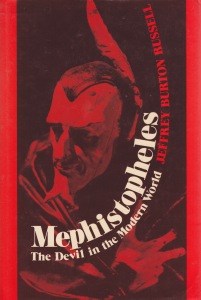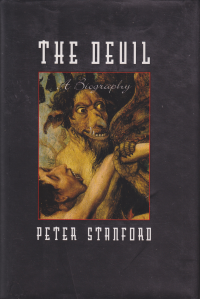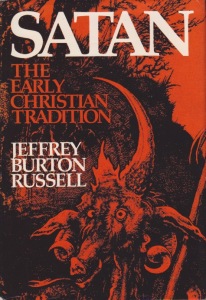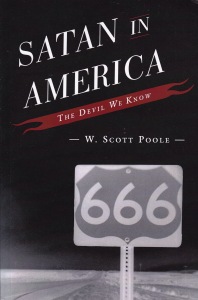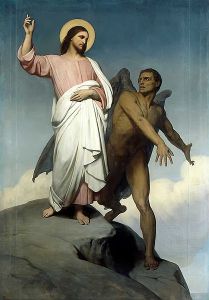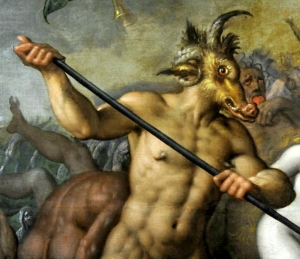You have to wonder, it seems to me, if the western, imperialistic gaze sometimes overcompensates for its past sins. We remain reluctant to say we don’t understand something and sometimes even declare such things superior to what we produce. That was the feeling that came over me upon reading about The Wailing. Don’t get me wrong—I like K-horror well enough, but I’m not sure that I would say, with some critics, that it leaves American horror in the dust. It’s good, yes, and it’s very long (two-and-a-half hours seems too long for a horror film). The story doesn’t answer all the questions it raises and I was looking for some kind of religious message. That’s why I watched it in the first place.
What’s it about? That’s hard to say. The best that I can do is it’s about the doomed family of a Korean police officer in a small village. As others have pointed out, this movie has ghosts, demons, zombies, exorcisms, and other horror standards. There’s a considerable amount of Christian versus shamanism interplay. And it seems okay, when someone else is doing it, to suggest a foreigner is the Devil. None of this is intended to take away from the fact that the movie is effective. I particularly found the shamanistic exorcism scene fascinating. The thing is, you never really learn if the self-admitted Devil at the end is working with the shaman or not. Or if the third potential villain, a woman named “No Name,” is in on it with them. Or maybe I’m looking at this from the wrong angle. Maybe the policeman’s family is simply doomed. Nothing they can do changes that.
The movie suggests that such things are like fishing. You can’t be certain who’s going to take the bait. According to those who know, apparently a deleted scene at the end helps to clarify this a bit. There is a lot of talk about belief, and a Christian clergyman confronting the Devil. For me, however, I need to be able to follow a story well enough to figure out whether I’m misinterpreting or not. The problem with a movie this long is finding the time to go back and rewatch it. It opens with a quote from the Bible and it uses biblical tropes, such as the cock crowing three times, to make some strong points. In fact, the opening quote from Luke 24.37-39 implies that the ghost may be God. One thing is certain, I’ll be mulling over The Wailing for some time. And maybe someday I’ll start to understand. In the meanwhile, I’ll still watch and appreciate American horror, inferior though it may be.


